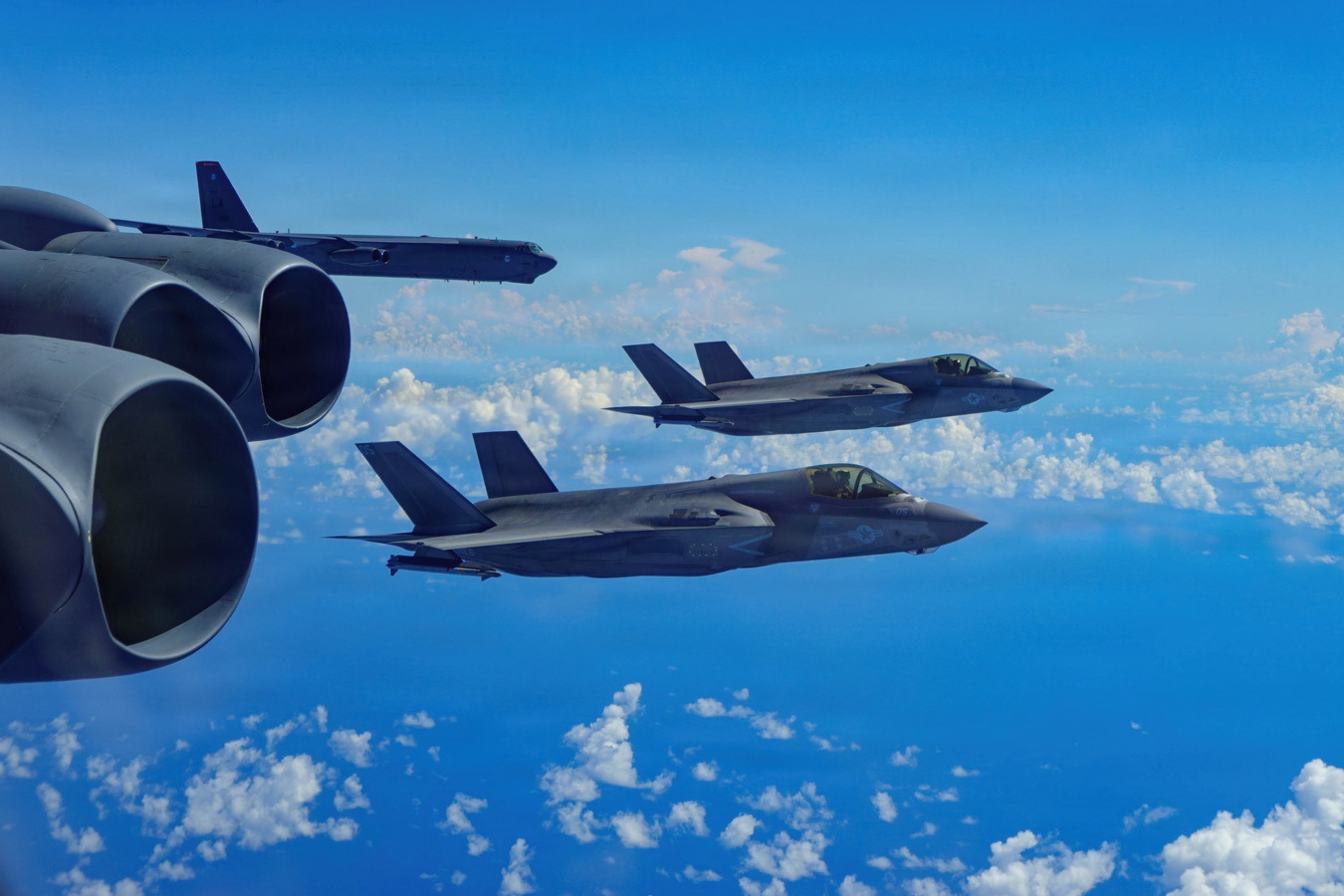Fourth Fleet Sets Sail
Fourth Fleet Sets Sail
As the U.S. Navy reactivated its Fourth Fleet to manage operations in Latin American waters last week, U.S. officials responded to concerns from regional leaders about the fleet’s purpose.
The U.S. Navy officially reactivated its Fourth Fleet in Latin American and Caribbean waters on July 12, nearly six decades after it was disbanded. While the fleet’s goal involves humanitarian assistance and support for counternarcotics operations, its reactivation drew concern from some Latin American governments. With the goal of taming fears of U.S. military intervention in the region, the U.S. Navy reiterated their commitment on building regional relationships and what Chief of Naval Operations Adm. Gary Roughead described as the “interoperability” with partner navies and coast guard services.
The Fourth Fleet was first established in 1943 to protect the South Atlantic Ocean from raids during World War II, then deactivated it in 1950. The new fleet, based at Navy Station Mayport in Florida, will not have permanent vessels assigned to it. Instead, it will plan, coordinate, and deploy all missions within its designated area of operations. “Reestablishing Fourth Fleet allows us to more effectively employ naval forces to build confidence and trust among nations through collective maritime security efforts,” said Roughead at the inaugural and change-of-command ceremony.
But not everyone is thrilled by the fleet’s reactivation at a time when alliances such as the Union of South American Nations (UNASUR) and the Brazilian-backed Council on Military Defense are gaining support to safeguard the region’s population, biodiversity, and energy reserves. Some Latin American leaders voiced their concerns over the new military initiative; Bolivian President Evo Morales and Cuba’s former President Fidel Castro speculated that the real intentions behind the fleet’s reestablishment involved exercising greater control over Latin America’s vast energy resources.
The United States responded with quick moves to quell such fears. After the administration of Argentine President Cristina Kirchner raised questions about the purpose of the fleet’s reactivation, U.S. Assistant Secretary for the Western Hemisphere Thomas Shannon traveled to Buenos Aires. During a joint press conference with Kirchner, he said that U.S. will inform Latin American countries on the fleet’s naval activities in a timely fashion, reports Mercopress.
During a speech at AS/COA’s Latin American Cities Conference in São Paulo last week, U.S. Ambassador to Brazil Clifford Sobel raised the fact that some had suggested the fleet could have more agressive purposes. “Let me be very clear. Let me use this forum to say it is not true,” asserted Sobel, saying the fleet will have no offensive capabilities.
Venezuelan President Hugo Chávez was among those who cataloged the Fourth Fleet’s activity in southern waters as a threat and ratified his support for the Council of Military Defense. However, his comments come as Venezuela appears prepared to step up its own weapons purchases. Chávez bought 24 Sukhoi air-fighters, an air defense missile system, and multiple attack and transport helicopters from Russia since 2005. He plans to visit Russia on July 22 to further bolster Venezuela’s military arsenal as well as to improve energy and economical bilateral cooperation. In the last decade, Venezuela’s military expenditure has increased fivefold, pushing the country into the list of the top 25 arms importers in the world, according to the Stockholm International Peace Research Institute.








